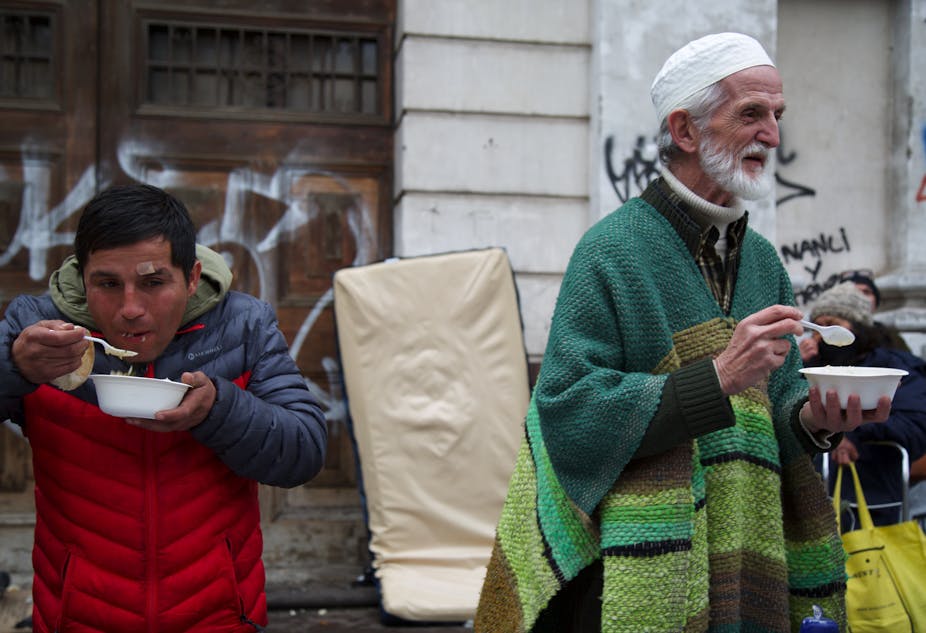by MICHAEL VICENTE & MATTHEW INGALLS

Nora is a rare sight at the Universidad de Chile. Dressed in a long abaya, or Islamic robe, that covers all but her hands and face, her outfit distinguishes her from other students on campus. In between classes, she’ll often seek a quiet, sheltered space to lay out a small carpet and pray.
If one were to ask Nora, as we did, about her distinct appearance on campus, she would say she doesn’t mind. She’s content with her dress, her prayers and the way of life it reflects. Nora is a Chilean Muslim, and proudly so.
Chile is not a country where most people would expect to find a Muslim population. It is, however, not unique. Some of the earliest Muslims in Latin America, for example, arrived in the 16th and 17th centuries. Known as “Moriscos,” these Muslims traveled to the colonies hoping to evade persecution under the Christian crown in Spain.
Muslims also came to the Americas during the 18th century as enslaved Africans under the Portuguese and Spanish empires. These Muslims came mostly from West Africa and, in Brazil, led one of the continent’s largest revolts against slavery. Muslims in Latin America are also the result of Middle Eastern migrations from the Ottoman Empire during the late 19th and early 20th centuries.
Conversation for more
